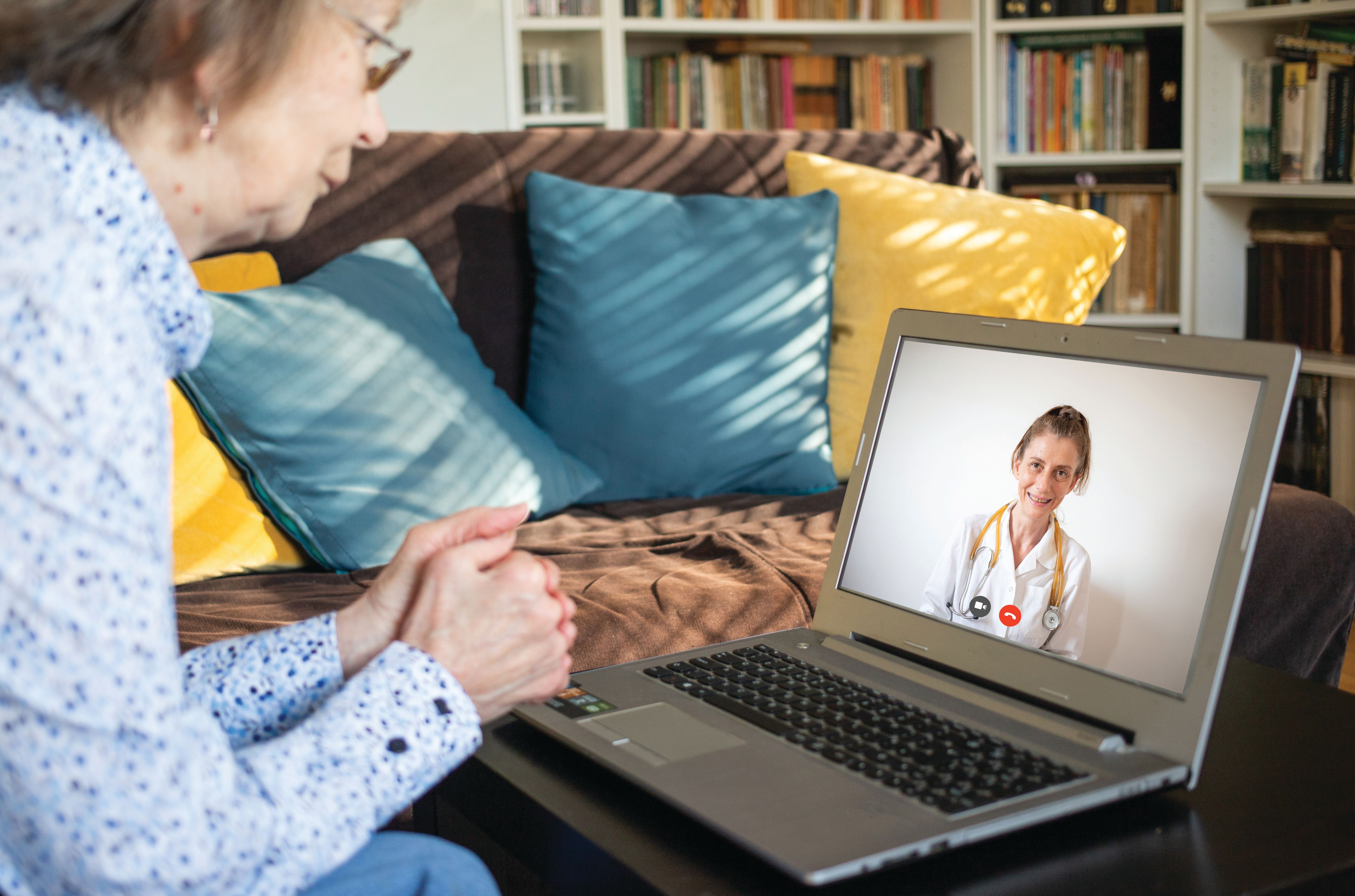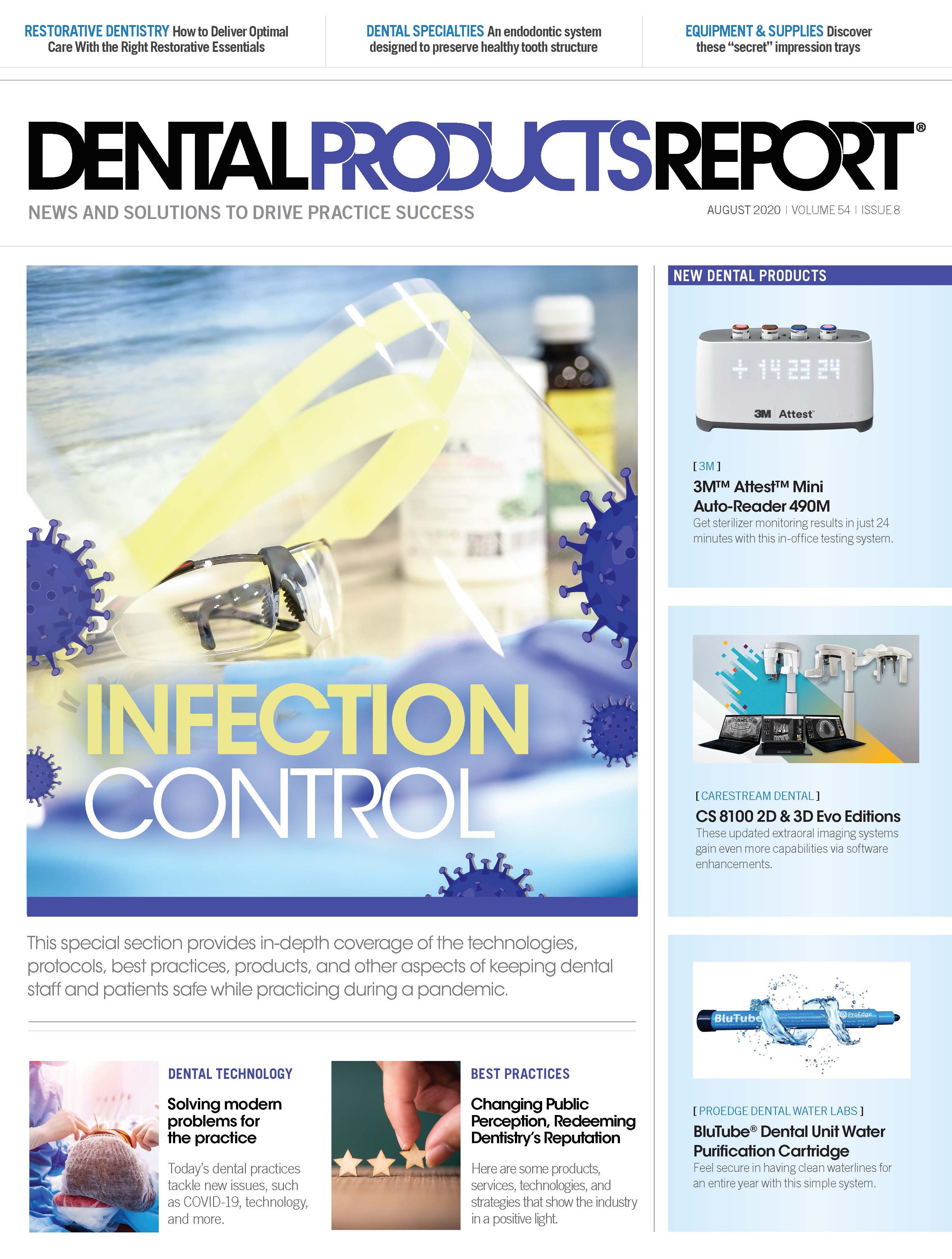Expect, demand plenty from your teledentistry solution
With much confusion out there in regards to what teledentistry technology can and should accomplish, it’s important to navigate the maze of the growing number of vendors and solutions available.
Melinda Nagy / STOCK.ADOBE.COM

The teledentistry revolution has begun. This revolution has been in the works for quite a while but the recent challenges for groups, dental service organizations (DSOs), and practices during this COVID-19 pandemic has increased awareness of this cutting edge technology that has been on track to revolutionize the dental industry. Ever since I published my eBook “The Teledentistry Survival Guide”, a no nonsense resource to assist dental organizations in evaluating, purchasing, and implementing teledentistry, I have received numerous queries about the topic.
There is a lot of confusion out there with teledentistry technology in general, and specifically, trying to navigate the maze of a growing number of vendors and solutions available. With this article I begin sharing some of the questions I have received which will hopefully help groups, DSOs, and practices to transform their businesses with teledentistry.
Will teledentistry still help me in a post-COVID world?
Absolutely…Prior to COVID a number of my DSO and group clients who wanted to grow their business with new technology began looking into teledentistry features and functions in order to streamline operations and add new areas of revenue. The COVID crisis has really kicked teledentistry up on steroids and to the forefront of awareness as it now has become an essential tool for screening patients and obtaining crucial information prior to any onsite visit. But, looking further than the here-and-now, groups, DSOs, and practices have realized major benefits beyond COVID. Growing competition between vendors has helped create innovation and accelerated teledentistry growth by a number of years. Mobile dentistry that was gaining traction prior to COVID will continue to grow post-COVID with new teledentistry features and functionality coming down the pike to support it.
Workflow challenges have presented themselves as dental groups, DSOs, and practices have opened up after the COVID shut down. The use of teledentistry to gather more information on the front end will help workflow efficiencies even after the COVID crisis subsides.
One of the biggest areas of growth is in the areas of referrals and collaboration. With teledentistry you can have case collaboration occurring either real time or behind the scenes. This can lead to better referral relationships and business between organizations. But the ultimate benefit in terms of the ability to collaborate through teledentistry is the bringing together of the medical and dental worlds when it comes to case collaboration. And both vendors and customers are exploring new ways teledentistry can add additional revenue. I’m continually exploring this myself with my group and DSO clients.
Can teledentistry solutions integrate with my practice management software?
Time will tell on this question. With the unprecedented demand and growth of teledentistry solutions over the past few months some vendors are looking at integration with various practice management systems. But this is not a simple task. Having been involved with a number of integrations myself in the past with EHR integration and practice management systems, I can tell you that, from at least a clinical standpoint, there can be a level of complexity that might preclude a seamless integration. This can be mitigated somewhat if there is full cooperation between the teledentistry and practice management vendors.
From a scheduling, patient demographics, and billing perspective this integration can be a little smoother. However, there still needs to be cooperation between these vendors in order to accomplish this.
In the long run we might see initial integrations between the two. But recognize that there needs to be long-term commitment and associated agreements between vendors that will guarantee sustainability with different levels of integration. Again, I have experienced this when EHRs first exploded onto the scene so I know the pros and cons well.
In addition to integrations between teledentistry and practice management solutions, you might also see some teledentistry vendors building out practice management functionality such as clinical documentation and EHRs, scheduling, and billing modules. On the flip side look to some practice management vendors to start looking at adding teledentistry functionality to their products, although teledentistry is unique unto itself and many dental software vendors might not have the expertise and resources to pull it off.
Can I just use off-the-shelf video conferencing such as Zoom or Google Meetings?
If your goal is to just have the ability to communicate with your patients real time in a remote setting then an off-the-shelf video conferencing solution might do on the lowest level (ignoring HIPAA compliance and security, of course). But if you have read any of the articles, listened to podcasts, or viewed video interviews on teledentistry over the past few months, then you should realize that teledentistry is not just about a real-time video conference with a patient. You could try to cull together a bunch of disparate applications including video conferencing, calendar/scheduling, online payment, and others. But at the end of the day, they don’t communicate with each other and you could have a logistical nightmare on your hands in terms of keeping track of everything going on.
Be aware that teledentistry is even more than basic video conferencing. Think about it as more of a virtual visit with all the workflows and documentation necessary to accomplish that. And a big part of the teledentistry visit is what takes place behind the scenes in the asynchronous functionality. This is the ability to share information with both your patients and collaborators both before and after the actual video conference visit. Sharing intraoral images, annotated radiographs, patient education videos, and clinical documentation in asynchronous non real-time communication with both patients and other collaborative providers is fast becoming a critical tool in teledentistry. Add to this seamless workflows that allow easy navigation back and forth between scheduling, prepayments, forms submission, synchronous and asynchronous communication, and billing and insurance. Now you’re starting to see why just having off-the-shelf video conferencing capability doesn’t cut it when it comes to the benefits a true teledentistry visit can provide.
